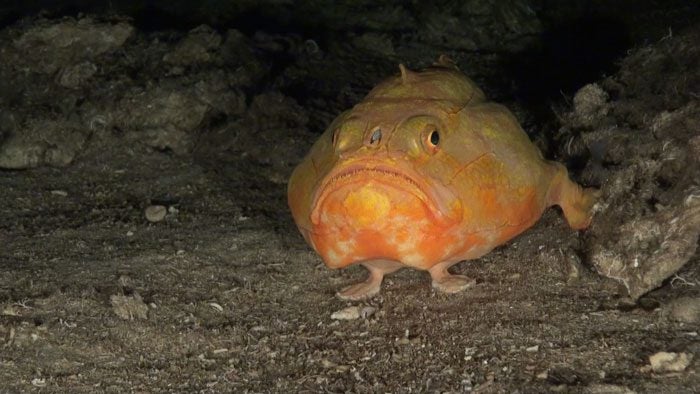Deep-sea fisheries in the North-East Atlantic: Overview

The deep-sea starts at 200 m below the surface, where sunlight does not penetrate – but where fisheries still operate, reaching down to more than 1500 m. Most deep-sea fisheries in the North-East Atlantic sprang up in the second half of the 20th century, after the decline of traditional continental shelf stocks, and with the aid of new technologies . These fisheries target some commonly consumed fish, such as red seabream (Pagellus bogaraveo) and black scabbardfish (Aphanopus carbo).
Species living at these depths have adapted to a cold, dark environment, with few nutrients. As a consequence, they are characterised by slow growth rates, late sexual maturity, few offspring and long lifespans. This makes them highly vulnerable to overfishing, because their capacity to recover from depletion is very limited.
Deep-sea rays and sharks are among the most vulnerable species, since once a stock is depleted, its recovery may take centuries. For example, the gulper shark (Centrophorus granulosus) and birdbeak dogfish (Deania calcea), which are both captured by the EU fleet, take around 55 and 49 years, respectively, for their populations to double in size. Deep-sea sharks in the region have been heavily targeted for their livers, which contain squalene used to produce cosmetics and Omega-3 acid dietary supplements. Due to severe declines in several of the most heavily fished species, 17 species of deep-sea sharks can no longer be kept, landed,
Deep-sea life takes refuge in fragile ecosystems such as coral reefs, sponge beds or hydrothermal vents which represent important sources of biodiversity. The United Nations consider these features as Vulnerable Marine Ecosystems (VMEs) and calls for their protection against the damaging impacts of bottom fishing gears such as trawl nets, which can damage or destroy everything that lies in their path.

